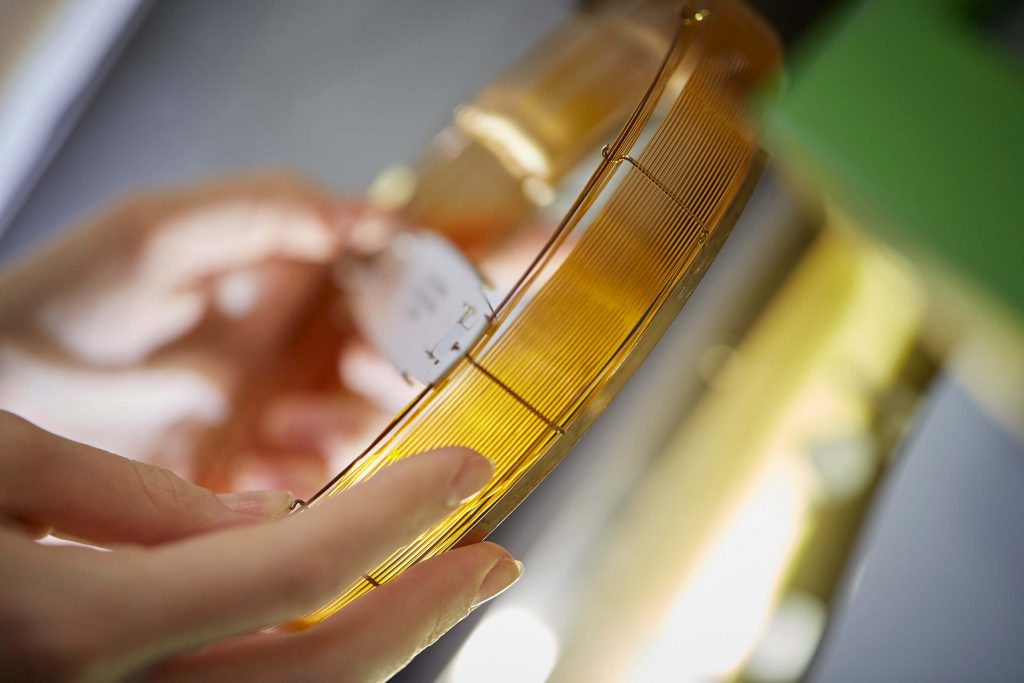For over 40 years, Butterworth Laboratories has provided independent, contract analytical services to the global pharmaceutical and related industries.
Helium supply uncertainty and the expected long term transition to Hydrogen gas for use as chromatography and mass spectroscopy carrier
6 October 2022
The finite nature and recent shorter-term supply uncertainties for Helium, have once again given rise to many articles with regard to its future use. Much helpful literature is available from instrument manufacturers addressing the changes to instrument hardware and chromatographic conditions required when substituting Helium with Hydrogen as carrier gas. The manufacturer’s example chromatograms using hydrogen clearly demonstrate complex sample components being beautifully resolved in less time than it takes to change a GC injection septa! Great! Yes, and in terms of the time taken for any particular GC analysis, Hydrogen always produces the best results, but there are some other considerations.
The only unavoidable problem with the use of Hydrogen is that it may react with some sample components during chromatography. The concern with the flammability of Hydrogen has largely been addressed by the instrument manufacturers offering oven leak sensors and gas flow controllers that will shut off the gas flow if unexpected increases in flow due to back pressure drops are noted. Butterworth Laboratories has made a decision to commission hydrogen generators. This will remove the safety risks associated with handling large cylinders and the cost and environmental impact of transporting cylinders over long distances.
With GCMS, there may be a requirement to use a modified ion source for best operation with Hydrogen and these are becoming available. When changing from Helium to Hydrogen, it is a relatively quick operation to change ion sources on modern instruments and many do not require the venting of the system vacuum to do this. The MS spectra obtained using Hydrogen rather than helium may exhibit different ion fragment intensities from those of our current spectral libraries which were produced using Helium. It is however expected that spectral libraries obtained using Hydrogen will soon be available. Electron Capture Detectors of course will not operate as effectively while using the required flowrate of Hydrogen needed for a mega-bore capillary analysis.
In closing, it is often forgotten that while Hydrogen is a major step forward in terms of productivity, in terms of chromatographic efficiency (theoretical plates), Nitrogen is surprisingly best. For any given column, carrier gas with the highest molecular weight will generate more theoretical plates because diffusion is minimised. Nitrogen gives about 15% more plates than Hydrogen, the trade-off of course being that in order to achieve this, the run time would have to be 3.5 times that of Hydrogen. The optimum Nitrogen flow rate being 12cm/s compared with 40cm/s for Hydrogen according to van Deempter curves.